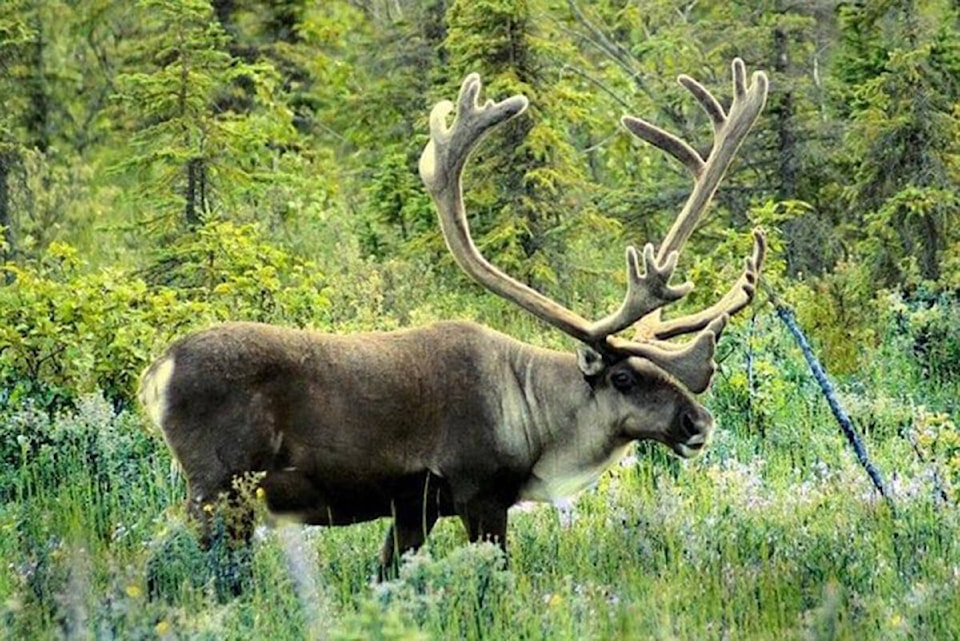Researchers from the University of British Columbia Okanogan are calling to change endangered species laws to help Indigenous communities beyond just simply bringing the animals back to an abundant level.
In a paper published on May 18, Braiding Indigenous Rights and Endangered Species Law, penned by Clayton Lamb and West Moberly First Nation Chief Roland Willson, policymakers should think more about Indigenous communities with endangered species laws.
While the Wildlife Act can be used to change protocols so species like the caribou population don’t risk the chance of extinction, the benchmarks used to determine “abundance” is not enough to sustain the communities that live and work on the lands, according to Lamb.
READ MORE:B.C. should take ‘new approach’ to protecting endangered species: report
At its height, “a sea of caribou” once looked like “bugs on a landscape,” as told through stories by West Moberly Elders.
In 2013, the levels dropped to 38 caribou, and 10 years later we are now at 115 caribou thanks to intervention from indigenous groups, according to UBC. The caribou made it to levels that minimize the chance of extinction.
“Abundance matters. There are many cases where endangered species laws have prevented extinction, but the warning signs of decline can appear long before the laws take effect. People that live and work on the land see these changes – we need to listen and act with them to prevent declines,” Lamb said.
According to the authors, North America has laws that bring animals back to healthy circulation but do not look at culturally meaningful impact when thinking about recovery levels.
The current laws only provide enough caribou for one meal per person in the West Moberly and Saulteau First Nation, according to the report. The amount needed to fit the needs of the land and the people that live there would be somewhere around 3,000 caribou.
Naomi Owens-Beek, manager of treaty rights and environmental protection for Saulteau First Nation, said in the paper that Canadians and Indigenous leaders together need to protect traditional ways of life.
Reducing predation was the first step in making sure the caribou did not get lost. The main focus now is protecting and restoring habitats according to Owens-Beck.
“Braiding Indigenous rights with laws protecting endangered species can enable nations to respect and safeguard the rights of Indigenous communities, curb the threat of species loss, and ultimately confer broad societal advantages,” Willson said.
